
Researchers from the Australian Regenerative Medicine Institute at Monash University have discovered that as organisms, including humans, age, their muscles revert to an “early-life” state, potentially prolonging life. Utilizing the African killifish as a model due to its short lifespan and age-related symptoms similar to those in humans, the team identified a critical role of lipid metabolism in this process, suggesting that manipulation of cell metabolism could potentially slow or reverse muscle aging.
New groundbreaking research on African killifish demonstrates that during the late stages of life, our muscles exhibit a remarkable reversal to an “early-life” state, providing valuable insights into combatting muscle wasting.
As we get older, our muscles begin to degrade, a process known as sarcopenia. Despite its universal occurrence, the mechanisms behind it have remained elusive. However, a recent study from the Australian Regenerative Medicine Institute (ARMI) at Monash University, using the African killifish as an unexpected model organism, has shed some light on this mystery. The research found that our muscles seem to revert to an “early-life” condition towards the end of life, slowing down mortality. This discovery could pave the way to mitigating or even reversing the age-related decline in muscle mass and strength.
The study, led by Professor Peter Currie and Dr. Avnika Ruparelia, who is from ARMI and the University of Melbourne, was published in the journal Aging Cell. The implications of this research are significant, given the anticipated sharp rise in the incidence and severity of sarcopenia worldwide.
According to Professor Currie, “…there is a pressing need to understand the mechanisms that drive sarcopenia so that we can identify and implement suitable medical interventions to promote healthy muscle aging,” he said.
The African turquoise killifish, Nothobranchius furzeri has recently emerged as a new model for the study of aging. Killifish have the shortest known life span of any vertebrate species that can be bred in captivity. Life for a killifish begins with the African rains, creating seasonal rain pools in which fish hatch, grow rapidly, and mature in as few as two weeks, and then reproduce daily until the pool dries out.
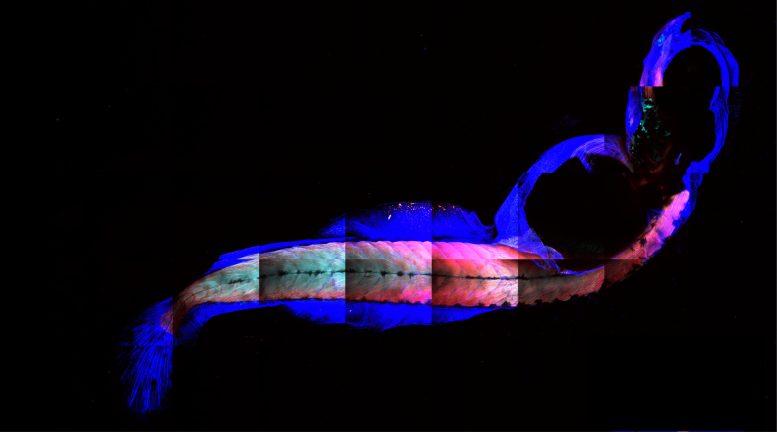
A just-hatched killifish larvae stained with antibodies against Myosin (Red), Actinin (Green), and Collagen (Blue). Credit: Dr Avnika Ruparelia
Importantly, their short life span is accompanied by symptoms of aging we see in humans – including the appearance of cancerous lesions in the liver and gonads, reduced regenerative capacity of the limbs, in this case, the fin, and genetic characteristics that are the hallmark of human aging such as a reduction in mitochondrial DNA copy number and function and shortening of telomeres.
According to Dr. Ruparelia, this study is the first to use the killifish to study sarcopenia.
“In this study, we performed a thorough cellular and molecular characterization of skeletal muscle from early life, aged and extremely old late-life stages, revealing many similarities to sarcopenia in humans and other mammals,” she said.
Surprisingly the researchers also found these same metabolic hallmarks of aging are reversed during the late-life stage, “suggesting that in extremely old animals, there may be mechanisms in place that prevent further deterioration of skeletal muscle health, which may ultimately contribute to an extension of their life span,” Dr. Ruparelia said.
“Importantly, the late-life stage during which we observed improved muscle health perfectly coincides with a stage when mortality rates decline. We, therefore, postulate that the improvement in muscle health may be a critical factor contributing to the extension of life span in extremely old individuals.”
To better understand the mechanisms behind this, the research team surveyed the metabolism of fish at different stages of the aging process. This experiment surprisingly revealed that certain features of the metabolism of the very oldest fish actually were rejuvenated to resemble those of young fish. It highlighted the critical role of lipid metabolism in this process of rejuvenation. By using drugs that regulate the formation of certain lipids a similar rejuvenation of aging muscle could be achieved.
“During extreme old age, there is a striking depletion of lipids, which are the main energy reserves in our cells,” explains senior author Prof Currie.
“We believe that this mimics a state of calorie restriction, a process known to extend life span in other organisms, which results in activation of downstream mechanisms ultimately enabling the animal to maintain nutrient balance and live longer. A similar process is seen in the muscle of highly trained athletes.”
Dr. Ruparelia went on to say, “The idea that muscle aging may be reversible, and potentially treatable by drugs that can manipulate a cell’s metabolism, is an exciting prospect especially given the social, economic, and healthcare costs associated with the ever-growing aged population around the world. We are excited by the potential of the killifish model, and very grateful to the Winston Churchill Trust for funding, and to Hon Dr. Kay Patterson for her assistance with establishing the import regulations to establish the first and only killifish facility in Australia. We now have a unique opportunity to study biological processes regulating aging and age-related diseases, and to investigate strategies to promote healthy aging.”
Reference: “The African killifish: A short-lived vertebrate model to study the biology of sarcopenia and longevity” by Avnika A. Ruparelia, Abbas Salavaty, Christopher K. Barlow, Yansong Lu, Carmen Sonntag, Lucy Hersey, Matthew J. Eramo, Johannes Krug, Hanna Reuter, Ralf B. Schittenhelm, Mirana Ramialison, Andrew Cox, Michael T. Ryan, Darren J. Creek, Christoph Englert and Peter D. Currie, 14 May 2023, Aging Cell.
DOI: 10.1111/acel.13862

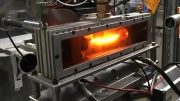
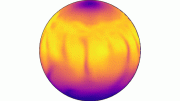

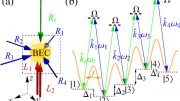
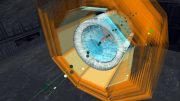
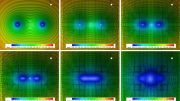
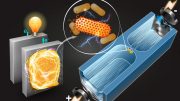
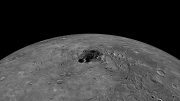
Be the first to comment on "Defying the Aging Process: Groundbreaking Research Reveals That Our Muscles Reverse to an “Early-Life” State"